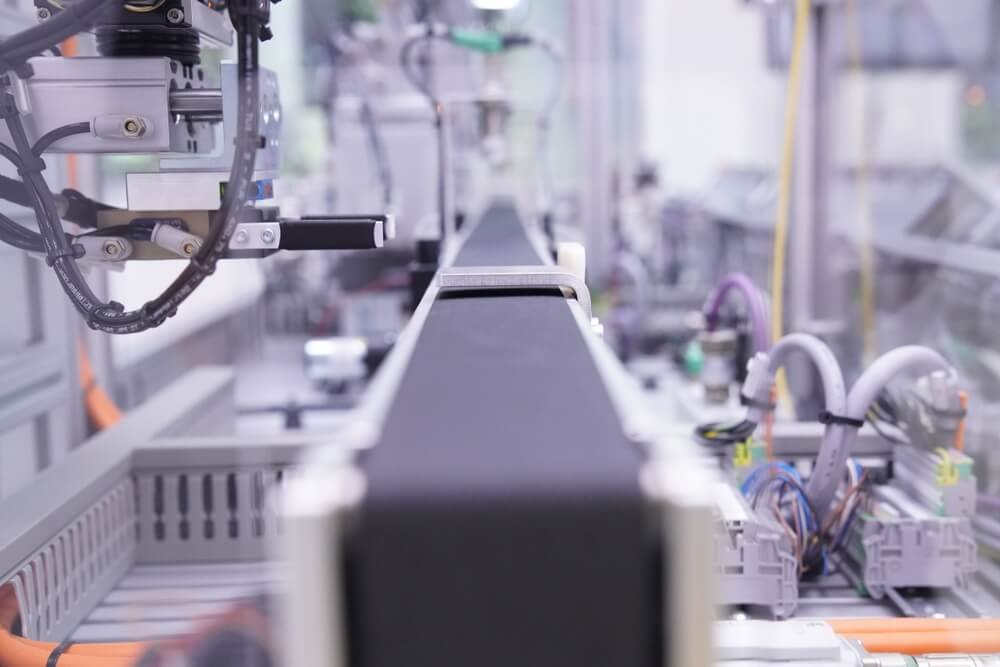High Defect Rate? 5 Main Causes and How to Reduce Scrap in Your Factory with MES
Every time a defect is removed from the production line, it’s not only wasted raw material—it’s also wasted labor cost, machine cost, and valuable time. If your defect numbers keep rising, it’s a serious warning sign that directly eats into your profit. Understanding the Defect Rate is more than just counting numbers—it’s the first step toward identifying root causes and solving problems sustainably.
What is a Defect?
A defect is a product, part, or output that fails to meet quality standards or design specifications. Defective items cannot be used and must be reworked or scrapped, which increases costs and damages customer trust.
Examples of defects across industries:
-
Automotive: Metal parts with cracks or dimensional deviations.
-
Electronics: PCBs with poor soldering or faulty chips.
-
Food: Leaking packaging or underweight products.
Defects are not just “waste”—they generate hidden costs such as rework, scrap, and worst of all, lost customer confidence.

What is Defect Rate? Turning Waste into Measurable Data
Defect Rate is the KPI that directly reflects the health of your production line.
Formula:
Defect Rate (%) = (Number of defective items / Total items produced) × 100
This metric helps measure production efficiency, wasted cost, and product quality delivered to customers.
5 Main Causes of Defects in Manufacturing
To reduce defects sustainably, factories must identify the real root causes. The most common are:
-
Raw Material Issues – poor quality inputs, storage problems, or incorrect deliveries.
-
Machine Errors – wrong settings, worn components, or lack of preventive maintenance.
-
Human Errors – untrained staff, fatigue, or procedural mistakes (automation can help reduce this).
-
Non-Standardized Processes – unclear instructions, outdated work procedures, or inconsistent operations across shifts.
-
Inadequate Production Environment – improper temperature, humidity, or cleanliness affecting product quality.
Stop Guessing—Fix Defects with MES Data
Traditional defect control methods that rely on guesswork or final inspection are slow and ineffective. A data-driven approach with MES (Manufacturing Execution System) enables real-time error detection, faster root cause analysis, and proactive prevention.
3 Strategies to Reduce Defect Rate with MES
-
Proactive Process Control – MES connects with machines via IoT to monitor parameters (temperature, pressure) in real time, alerting deviations before defects occur. Statistical Process Control (SPC) modules further ensure compliance with quality standards.
-
Traceability for Root Cause Analysis – MES provides complete traceability of raw materials, machines, and operators, enabling quick and accurate defect investigation.
-
Digital Work Standards – MES displays digital work instructions and enforces QC checks at each station, minimizing human error. (The Quality Module in Argo ERP also supports this function.)
Conclusion: Turning Defect Rate Reduction into Competitive Advantage
Defects are not numbers you must accept—they’re problems you can manage and reduce. Moving from end-point inspection to proactive prevention with MES is the path to becoming a smart factory with a true competitive edge.
ARES, as an expert in Argo ERP and ciMES, provides consultation and implementation to help factories cut costs, reduce waste, and improve quality effectively.
👉 Ready to turn “waste” into “profit”?
Talk to an ARES expert today to analyze and optimize your production processes.
Contact us
For a demo, please contact us at Contact Us or for further inquiries:
Phone: 0633253640 or 02-6863000 ext. 3042
Email: support@aresth.co.th





